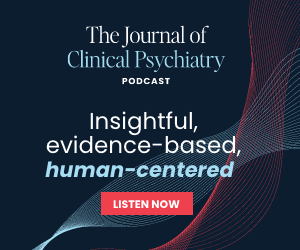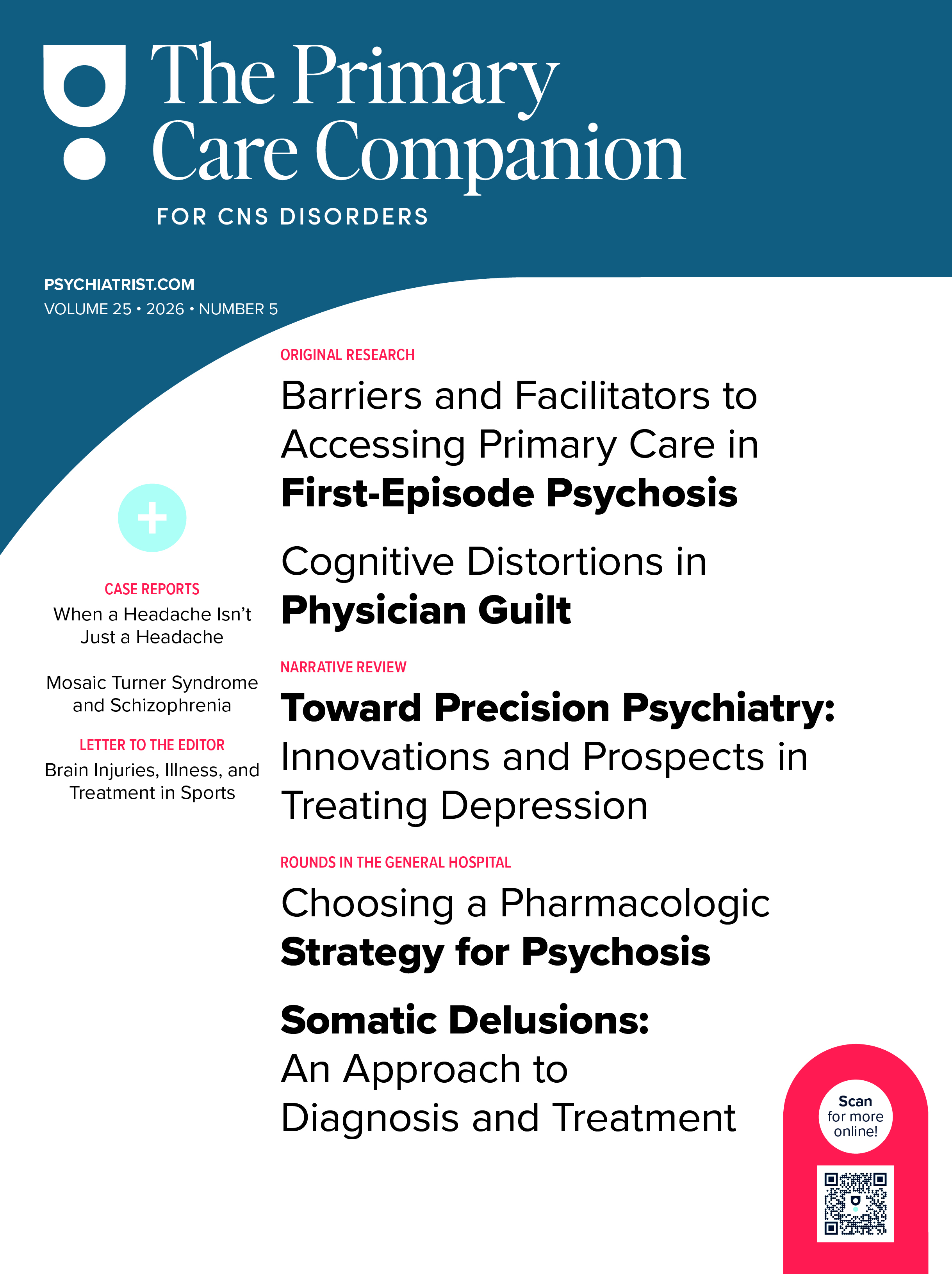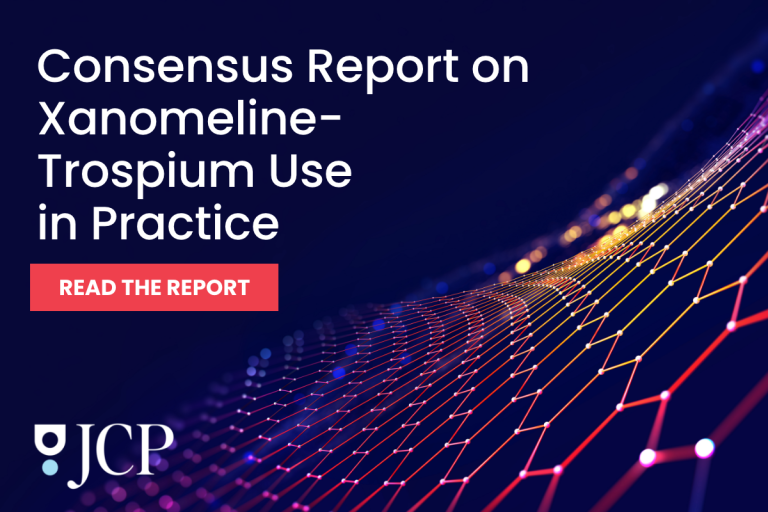Aseptic meningitis is characterized by inflammation of the meninges not attributable to bacterial infections, commonly resulting from viral, autoimmune, or pharmacologic origins. Drug-induced aseptic meningitis, although infrequent, is a significant factor to consider in patients with classic meningitis symptoms and negative infection evaluations. We report the case of a 70-year-old woman who experienced progressive headache and systemic symptoms after several days of high-dose ibuprofen administration.
Case Report
A previously healthy 70-year-old woman presented with a 6-day history of progressively worsening throbbing headache localized to the left temporal region. Eight days earlier, she presented to an urgent care facility for a tension-type headache and was prescribed 400 mg of ibuprofen for symptomatic relief. Although her initial headache improved, she subsequently developed a new, throbbing headache that gradually worsened. The patient initially took ibuprofen 400 mg/d for 2 days (200 mg twice/d), followed by 400–600 mg/d for 4 days, remaining well below the US maximum recommended dose of 3,200 mg/d.
On day 6, she experienced nonbloody vomiting, nausea, subjective fevers, and an exacerbating headache, prompting her visit to the emergency department. She refuted photophobia, phonophobia, visual abnormalities, diplopia, excessive lacrimation, ocular pain, or any neurological manifestations. No recent travel, trauma, exposure to ill contacts, or familial history of autoimmune disease was reported.
On examination, the patient was afebrile and hemodynamically stable, with a body mass index of 28.11 kg/m2. Mild neck stiffness was observed; nevertheless, there were no localized neurological impairments, changes in mental state, or indications of elevated intracranial pressure. Laboratory results indicated leukocytosis (white blood cell [WBC] 12.2×103/μL) with a predominance of neutrophils and hyponatremia (sodium: 126 mmol/L), possibly attributable to vomiting, which was rectified but did not alleviate her headache. Neuroimaging, comprising noncontrast computed tomography and magnetic resonance imaging of the brain, demonstrated the absence of mass lesions, bleeding, or meningeal enhancement. Bilateral carotid artery Doppler ultrasound revealed the absence of flow-limiting stenosis. Inflammatory markers were increased, with C-reactive protein measured at 139.7 mg/L and erythrocyte sedimentation rate at 23 mm/hour. Procalcitonin was marginally higher at 0.84 ng/mL. Autoimmune serologies (antinuclear antibody, cytoplasmic antineutrophil cytoplasmic antibody, and perinuclear antineutrophil cytoplasmic antibody), blood cultures, urinalysis, urine cultures, and HIV and hepatitis panels yielded negative results. Notably, although the patient was afebrile on presentation, she developed intermittent fevers during her hospital stay. In light of the absence of viral or autoimmune etiologies and the temporal correlation between the patient’s significant ibuprofen consumption and the emergence of symptoms, a lumbar puncture was conducted. The cerebrospinal fluid examination revealed a pink, turbid appearance with 750 WBC/μL (87% neutrophils), high protein levels (175 mg/dL), and normal glucose concentration (77 mg/dL), indicative of aseptic meningitis. Cultures and polymerase chain reaction assays for herpes simplex virus, West Nile virus, and other encephalitis pathogens yielded negative results.
A diagnosis of ibuprofen-induced aseptic meningitis was established based on the temporal correlation between ibuprofen administration and the onset of meningitis. The patient received supportive care, resulting in a gradual alleviation of her symptoms.
Discussion
Drug-induced aseptic meningitis is believed to result from hypersensitivity reactions, which include immune complex deposition, direct chemical irritation, or delayed-type hypersensitivity. Nonsteroidal anti-inflammatory drugs (NSAIDs), particularly ibuprofen, frequently induce symptoms that can resemble bacterial meningitis, including fever, headache, and cerebrospinal fluid pleocytosis.1–3 An important and often unclear aspect of NSAID-induced aseptic meningitis is the timing of symptom onset in relation to drug exposure. Notably, the reaction does not always occur with first-time NSAID use; many patients may have tolerated the drug previously without adverse effects,4 suggesting a potential sensitization that develops over time. Additionally, ibuprofen exhibits greater penetration of the blood-brain barrier compared to many other NSAIDs. While this characteristic may be relevant in this context, no conclusive evidence to date has established a definitive link. Furthermore, the question of cross-reactivity among different NSAIDs remains clinically relevant.5
Patients generally present with headaches, fever, neck stiffness, nausea, photophobia, and malaise, although these symptoms are nonspecific and may occur regardless of the underlying etiology.1,6 Diagnosis relies on lumbar puncture. Common laboratory findings include lymphocytic pleocytosis, normal glucose levels, and modest protein elevation.1,3,7 Neuroimaging is frequently unremarkable but essential to exclude space-occupying lesions or venous sinus thrombosis in the presence of localized neurological deficits or altered consciousness.3,8 In drug-induced aseptic meningitis, symptom resolution generally occurs after cessation of the causative agent. Corticosteroids may be utilized as an adjunctive therapy.6 While limited by the nature of a single case, it serves to raise clinical awareness and encourage vigilance in recognizing drug-related causes of meningitis.
Article Information
Published Online: October 7, 2025. https://doi.org/10.4088/PCC.25cr03991
© 2025 Physicians Postgraduate Press, Inc.
Prim Care Companion CNS Disord 2025;27(5):25cr03991
Submitted: April 25, 2025; accepted July 23, 2025.
To Cite: Narasimhan A, Deshpande I, Kalluru PKR, et al. When a headache isn’t just a headache: ibuprofen-related aseptic meningitis. Prim Care Companion CNS Disord 2025;27(5):25cr03991.
Author Affiliations: Internal Medicine, West Anaheim Medical Center, Anaheim, California (all authors).
Corresponding Author: Pavan Kumar Reddy Kalluru, MD, Internal Medicine, West Anaheim Medical Center, Anaheim, CA 92804 ([email protected]).
Relevant Financial Relationships: None.
Funding/Support: None.
Patient Consent: Consent was received from the patient to publish the case report, and information has been de-identified to protect anonymity.
ORCID: Pavan Kumar Reddy Kalluru: https://orcid.org/0000-0001-7983-2587
References (8)

- Monteiro C, Silvestre S, Duarte AP, et al. Safety of non-steroidal anti-inflammatory drugs in the elderly: an analysis of published literature and reports sent to the Portuguese pharmacovigilance system. Int J Environ Res Public Health. 2022;19(6):3541. PubMed CrossRef
- Wehling M. Non-steroidal anti-inflammatory drug use in chronic pain conditions with special emphasis on the elderly and patients with relevant comorbidities: management and mitigation of risks and adverse effects. Eur J Clin Pharmacol. 2014;70(10):1159–1172. PubMed CrossRef
- Yelehe-Okouma M, Czmil-Garon J, Pape E, et al. Drug-induced aseptic meningitis: a mini-review. Fundam Clin Pharmacol. 2018;32(3):252–260. PubMed CrossRef
- Desgranges F, Tebib N, Lamy O, et al. Meningitis due to non-steroidal anti-inflammatory drugs: an often-overlooked complication of a widely used medication. BMJ Case Rep. 2019;12(11):e231619. PubMed CrossRef
- Tang KL, Teoh YL, Anwar HK, et al. A case of probable diclofenac-induced acute meningism in a healthy adolescent. Int J Clin Pediatr. 2020;9(1):20–23.
- Bihan K, Weiss N, Théophile H, et al. Drug-induced aseptic meningitis: 329 cases from the French pharmacovigilance database analysis. Br J Clin Pharmacol. 2019;85(11):2540–2546. PubMed CrossRef
- Jolles S, Sewell WA, Leighton C. Drug-induced aseptic meningitis: diagnosis and management. Drug Saf. 2000;22(3):215–226. PubMed CrossRef
- Yuenyongviwat A, Chantaravisarut N, Phattarapongdilok W, et al. Characteristics and contributing factors related to nonsteroidal anti-inflammatory drugs hypersensitivity. Int Arch Allergy Immunol. 2021;182(2):139–145. PubMed CrossRef
Please sign in or purchase this PDF for $40.




